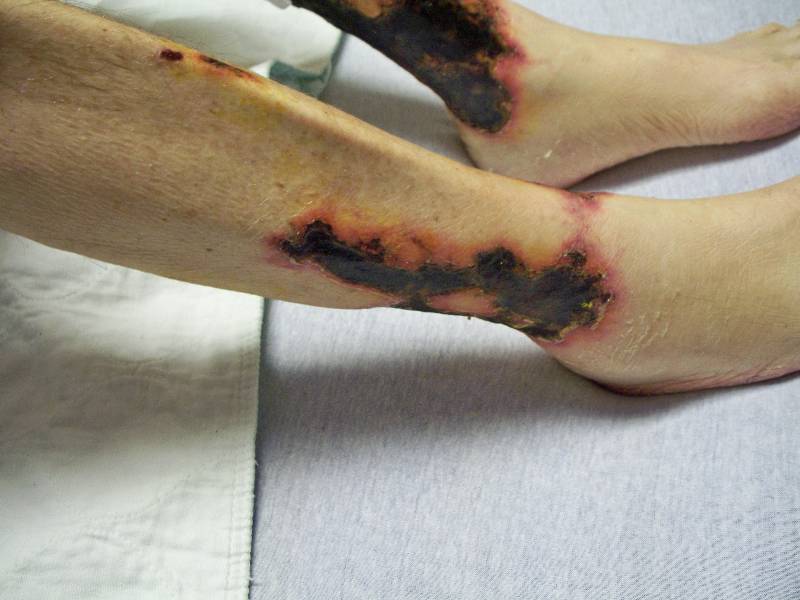CORRECT DIAGNOSIS:
Systemic Drug-Related Intertriginous and Flexural Exanthem (Baboon Syndrome)
DISCUSSION:
The term ‘baboon syndrome’ was originally introduced in 1984 to describe a mild systemic cutaneous reaction after oral exposure to type IV allergens, such as nickel, mercury or drugs.1 Recently, it has been proposed to replace this term by the acronym SDRIFE (systemic drug-related intertriginous and flexural exanthema).2 100 cases between 1984 and 2004 have been documented with amoxicillin being the most common drug causing SDRIFE, followed by cephalosporins.
The proposed pathophysiology of SDRIFE is most likely a T cell-mediated reaction. The intertriginous and flexural areas are sites that are frequently stimulated mechanically. Mechanically stimulated skin exhibits an enhanced expression of intercellular adhesion molecules on the keratinocytes, contributing to the accumulation of drug-activated lymphocytes there.
The criteria that comprise this Systemic Drug-Related Intertriginous and Flexural Exanthem (Baboon Syndrome) are:
1. Exposure to a systemically administered drug.
2. Sharply demarcated erythema of the gluteal/perianal area and/or V-shaped erythema of the inguinal/ perigenital area.
3. Involvement of at least one other intertriginous/flexural fold.
4. Symmetry of affected areas;
5. Absence of systemic symptoms and signs.2
Fixed drug eruption (FDE) is clinically distinguishable by its localized, often acral or mucosal, asymmetric, frequently pigmented, round-oval lesions.
Acute generalized exanthematous pustulosis (AGEP) typically presents with a disseminated erythrodermic eruption with primarily non-follicular pustules associated with high fever and sometimes edema of the face.
Drug rash/eosinophilia/systemic symptoms (DRESS) differs from SDRIFE in systemic symptoms, cutaneous signs, organ involvement, eosinophilia, and responsible drugs. This difference is important in prognosis, because of the potentially lethal organ involvement such as fulminant hepatitis in DRESS.
SDRIFE is self-limited, and treatment is directed toward discontinuation of the offending systemic drug and symptomatic relief. Once the offending medication is discontinued, healing occurs in one to two weeks. Medium-to-high potency topical or systemic glucocorticoids may hasten recovery. Avoidance of systemic administration of precipitating allergens is recommended.
TREATMENT:
Change IV antibiotics. Betamethasone to erythematous areas, silver sulfadiazine cream alternating with open cool compresses with Burrows solution to bullous erosive area, pain control, and anti-histamines.
REFERENCES:
Handisurya, A., et al. (2009). SDRIFE (baboon syndrome) induced by penicillin. Clinical and Experimental Dermatology, 34(3), 355-357. PMID: 19555352
Hausermann, P., et al. (2004). Baboon syndrome resulting from systemic drugs: Is there strife between SDRIFE and allergic contact dermatitis syndrome? Contact Dermatitis, 51(6), 297–310. PMID: 15548378




